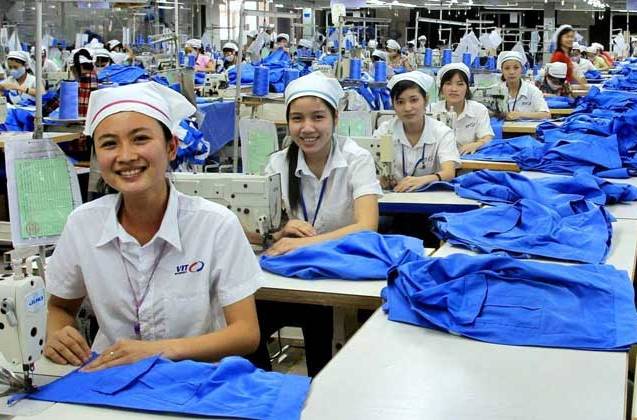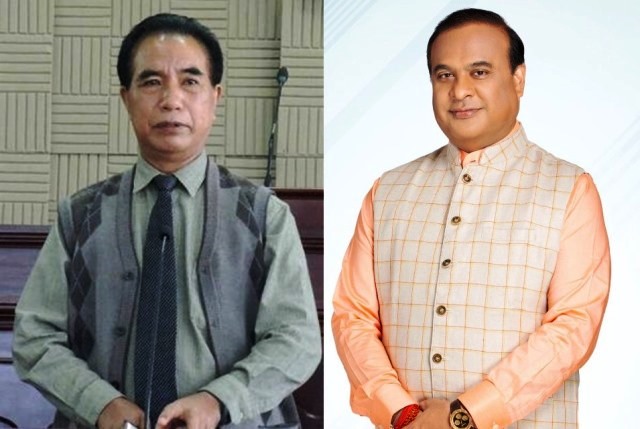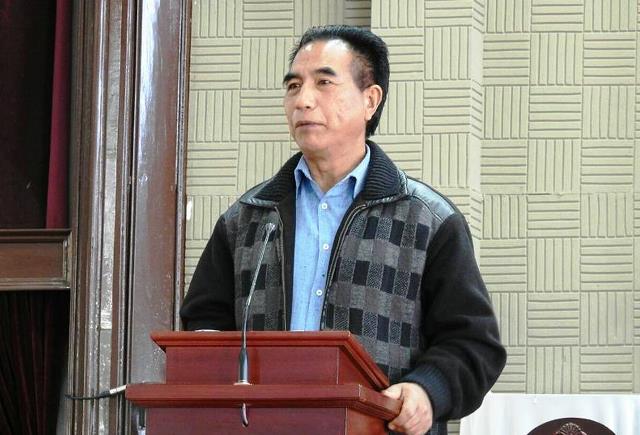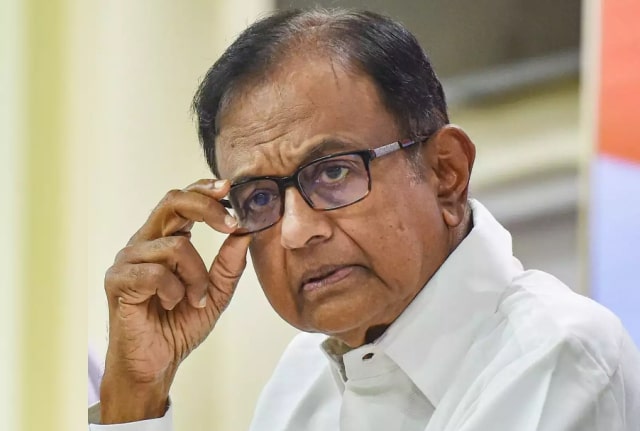Democracy in Myanmar proved to be the briefest spring possible following the November 2020 general elections. Aung San Suu Kyi led National League for Democracy had a decisive victory at the polls despite all the army tricks in the face of popular championing of democratic rule. But on February 1, 2021 when the newly elected parliament was due to hold its first session, the military junta staged a coup on the specious plea that in many ways the conduct of elections compromised the country’s sovereignty. However, there never was any elaboration of the junta’s reservations about the poll process.
Whatever that was, brutalities have routinely followed the junta’s accession to power, resulting in the killing of thousands, locking up of much greater numbers of pro-democracy protesters across the country, which shares common borders with India (including a maritime boundary in the Bay of Bengal), China, Bangladesh, Thailand and Laos. Displacement of nearly 2 million people is a massive human disaster story.
Thanks to the brave human rights groups such as Assistance Association for Political Prisoners (Burma), Myanmar Witness and Human Rights Foundation of Monland and an alert Western Press, the world becomes aware of the growing ferocity with which the junta is out to crush dissent. Junta reprisals take the form of wanton killing and condemning dissenters to jail where many routinely perish. Unfortunately and very rarely, India’s English dailies will use stuff about gory happenings in the neighbouring country sourced to Western syndicates.
A New York Times dateline New York story based largely on inputs from civil society and rights groups tells the world of the horrific torture and inhuman living condition that await pro-democracy inmates in Myanmar jails. The NYT story, which has a chilling effect on readers who care for democracy and freedom of speech, says the junta unnerved by growing protests and successes of rebel groups in their encounters with the army in various parts of the country “is meting out increasingly lethal treatment to those in custody. In the first two months of the year, more than 100 prisoners perished, either from torture or neglect… Conditions in military-run prisons have deteriorated further… with prisoners being deprived of food, proper sanitation and healthcare.” More than words, bits of statistics pointing to the gory outcome of growing severity of junta abuses shows human rights in Myanmar have gone for a toss. Unfortunately without the outside world caring.
According to the NYT report, since the February 2021 coup, the number of people dying in detention has crossed 1,500, including dozens dying due to physical torture. Jail inmates themselves confirm the flagrant abuses. It further says, the junta, allergic to elected government running the country, has the notorious reputation to bomb “civilians, using them as human shields, persecuting minorities, including the Rohingya people and torturing pro-democracy activists.”
Despite the fear of reprisals by Tatmadaw, the Burmese word for royal armed forces, the ranks of activists pining for restoration of peace and democracy are growing to junta’s dismay. A much bigger concern for Tatmadaw is the rising spirit of accommodation among ethnically diverse groups. They now have the shared goals to see that the army is divested of political power for it to go back to the barracks. The aspiration is to have a federal democratic future. But to win every bit of freedom, the combine of Arakan Army (AA), Myanmar National Alliance Army and Ta’ang National Democratic Alliance Army will be engaged in a battle to be bloodied by the junta. The combine is formally named The Brotherhood Alliance (TBA).
As is the wont with military rulers and despots of every other kind everywhere, the Myanmar junta will press the repressive button firmly every time it feels challenged. From the progress the rebels continue to make since the success achieved in the ‘Operation 1027’ (named from the date it began last year) with TBA springing lighting attacks on the army in the northern Shan state bordering China, the Myanmar scene is emboldening the activists. Since the October bravery, the rebels have to their credit some other major successes in wresting control of territories from the army.
ALSO READ: We Have Asked All Indians To Leave Myanmar: MEA
The writ of rebels now runs over Laukkai, which earned notoriety for being the den of gamblers and internet fraudsters, Kayin state in southeast and Chin state in the west. More recently, the rebels seized control of main township of Ramree island off the coast of Rakhine state. This particular rebel success is of considerable strategic significance since the place happens to be next to Kyaukpyu wherefrom China sends oil and gas by pipe to its landlocked areas. China has developed a deep water port and terminals at Kyaukpyu and to keep the facilities from being targeted by the rebels, Beijing must find ways to keep them in good humour.
China does not conduct its foreign policy based on scruples or ideology. When the junta overthrew the elected government in February 2021 to run Myanmar, Beijing had no compunction to describe the development as a “major cabinet reshuffle.” What is more besides selling arms worth over $250 million to the junta, China came down hard on the West for its sanctions on Myanmar liking these to exacerbation of prevailing tensions. But once the TBA, a coalition of ethnically based militias, started getting the better of the junta in northern Myanmar to start with, a flip in Beijing’s policy towards its disturbed neighbour was visible.
No doubt, China not in any way is discouraging the rebels and on the contrary, as reports say providing help to TBA is solely in order to protect its economic interest. The Economist writes: “China, which had long supported the junta, is doing deals with others… China will surely seek an accommodation with the AA at Kyaukpyu to protect its energy supplies there.” Measured support from China alone is, however, not enough to create condition for Myanmar to return to democracy.
As the conflict between the rebels and the junta has by now spread over two-thirds of the country, the people are facing an acute economic crisis. The United Nations Development Programme (UNDP) says in a report released the other day that the ranks of middle class in Myanmar are shrinking dramatically and poverty is spreading widely. The report further says the middle class is now half the size it was three years ago. Rising inflation is forcing households to cut spending on food and other essentials. Nearly half the population lives under the national poverty line of 76 cents a day.
Unnerved by rebel challenge, deepening economic crisis and consequent public unrest, a bewildered junta introduced conscription in February with the provision that anyone trying to avoid the mandatory draft will be consigned in the prison for five years. Expectedly many are trying to flee the country. Many others are joining people’s defence forces pledging loyalty to the National Unity Government in exile.
What the rebels need the most at this stage is moral and material support from democratic countries, the US and India in particular. Their indifference to junta atrocities is only helping China to have growing control both over the junta and the rebels in Myanmar. This, The Economist finds quite concerning. It says: “A Myanmar over which China establishes dominance is in no country’s interests but China’s. Yet America is distracted. India has called for dialogue, but offered little else. The ten-country South-East Asian club, ASEAN, timidly sticks to a lame ‘five-point consensus’ that the junta does not even pretend to honour.”
For more details visit us: https://lokmarg.com/









